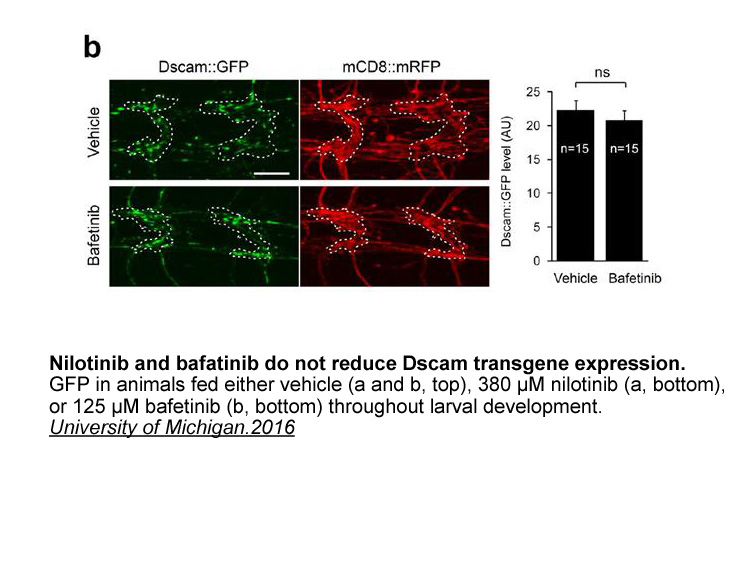Archives
br Methods br Results br
Methods
Results
Discussion
Conclusions
Conflict of interest statement
Introduction
Pulmonary vein (PV) isolation using a conventional electrode catheter is an effective therapy for atrial fibrillation (AF) [1,2]. However, it requires a long procedure time and has occasionally been associated with different complications [3]. Several balloon-based ablation systems have been developed recently using ultrasound, laser, or cryogenic pikfyve inhibitor sources for PV isolation. However, these devices are not efficient for the ablation of arrhythmogenic foci originating within the PV antrum [4]. We developed a radiofrequency hot balloon catheter (Toray-Satake balloon [TSB], Toray Industries, Inc., Tokyo, Japan) to isolate the PV, PV antrum, and posterior wall of the left atrium [5]. In this multicenter clinical trial, we evaluated the safety and efficacy of a radiofrequency hot balloon catheter for the treatment of AF.
Materials and methods
Results
Discussion
Conclusion
Conflict of interest
Introduction
Sustained ventricular tachycardia (VT) and fibrillation (VF) are life threatening in patients with ischemic heart disease and may cause sudden cardiac death (SCD). In high-risk patients, implantable cardioverter defibrillators (ICDs) have been used to prevent SCD. Therefore, risk stratification, especially with noninvasive methods, of lethal arrhythmia is important in the management of ischemic heart disease. Breithardt et al. [1] reported about the noninvasive detection of late potentials (LPs), which represented delayed depolarization of a mass of ventricular tissues after slow conduction, as a predictable marker for spontaneous VT. Simon [2] demonstrated that signal-averaged electrograms with high-frequency small potentials, taken from bipolar X, Y, Z-leads at the terminal portion of the QRS  complex in patients with old myocardial infarction (MI), are useful predictors of VT [2]. Nakai et al. [3] reported the feasibility of evaluating the spatial distribution of LPs assessed by 45-channel signal-averaged body surface mapping. Ramanathan et al. [4] also reported the activation and repolarization of the normal human heart using an electrocardiogram (ECG) recorded by a body surface 224-multielec
complex in patients with old myocardial infarction (MI), are useful predictors of VT [2]. Nakai et al. [3] reported the feasibility of evaluating the spatial distribution of LPs assessed by 45-channel signal-averaged body surface mapping. Ramanathan et al. [4] also reported the activation and repolarization of the normal human heart using an electrocardiogram (ECG) recorded by a body surface 224-multielec trode vest. Despite these advanced methods, body surface mapping has not become a routine procedure for detecting the spatial distribution of abnormal electrical activities [5]. One reason for this is the extremely complex nature of the handling and quantitative analysis of the sequence of excitation and repolarization in the heart when body surface mapping with multiple electrodes are used.
Recently, we developed a novel 187-channel signal-averaged vector-projected high-resolution electrocardiograph (187-ch SAVP-ECG) and an X, Y, Z-lead ECG according to the concept of vector projection based on the theory by Frank [6–8]. The purpose of this study was to examine the feasibility of a noninvasive evaluation of the spatial distribution of LPs in patients with MI by using the 187-ch SAVP-ECG.
trode vest. Despite these advanced methods, body surface mapping has not become a routine procedure for detecting the spatial distribution of abnormal electrical activities [5]. One reason for this is the extremely complex nature of the handling and quantitative analysis of the sequence of excitation and repolarization in the heart when body surface mapping with multiple electrodes are used.
Recently, we developed a novel 187-channel signal-averaged vector-projected high-resolution electrocardiograph (187-ch SAVP-ECG) and an X, Y, Z-lead ECG according to the concept of vector projection based on the theory by Frank [6–8]. The purpose of this study was to examine the feasibility of a noninvasive evaluation of the spatial distribution of LPs in patients with MI by using the 187-ch SAVP-ECG.
Methods
where d Xi is the integration of the electrical potentials of fQRS between the QRS end and 30ms after the QRS end (QRS end+30). The endpoint in each channel (i=1–187) was defined at the endpoint of the QRS, where the average exceeded the mean plus 5 standard deviations of the noise sample. The integrated HFLP map from the 187-ch SAPV-ECG (Fig. 2, right) was generated graphically by dividing voltages that exceeded 5 times the mean noise level. This area was represented by an increasing gray scale (Fig. 3). The maximum point of the integrated HFLPs was defined as “center” (Fig. 4).
Results
The baseline clinical characteristics of the patients are summarized in Table 1. SAECG revealed longer fQRS (136±23ms) and LAS40 (52±20ms), and smaller RMS40 (11.5±5.6μV) than our standard values (fQRS duration ≤120ms, LAS40 ≤38ms, and RMS40 ≥18μV). The site of MI was defined by SPECT in each patient. Anterior MI was detected in 11 patients (17.2%), inferior MI in 17 patients (26.6%), lateral MI in 11 patients (17.2%), both anterior and inferior MI in 9 patients (14.1%), both anterior and lateral MI in 7 patients (10.9%), and both inferior and lateral MI in 9 patients (14.1%).